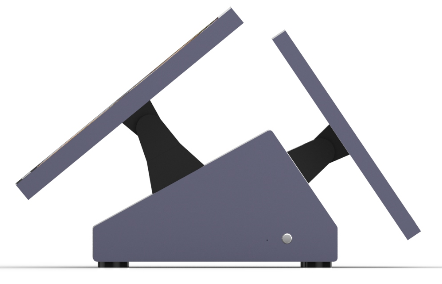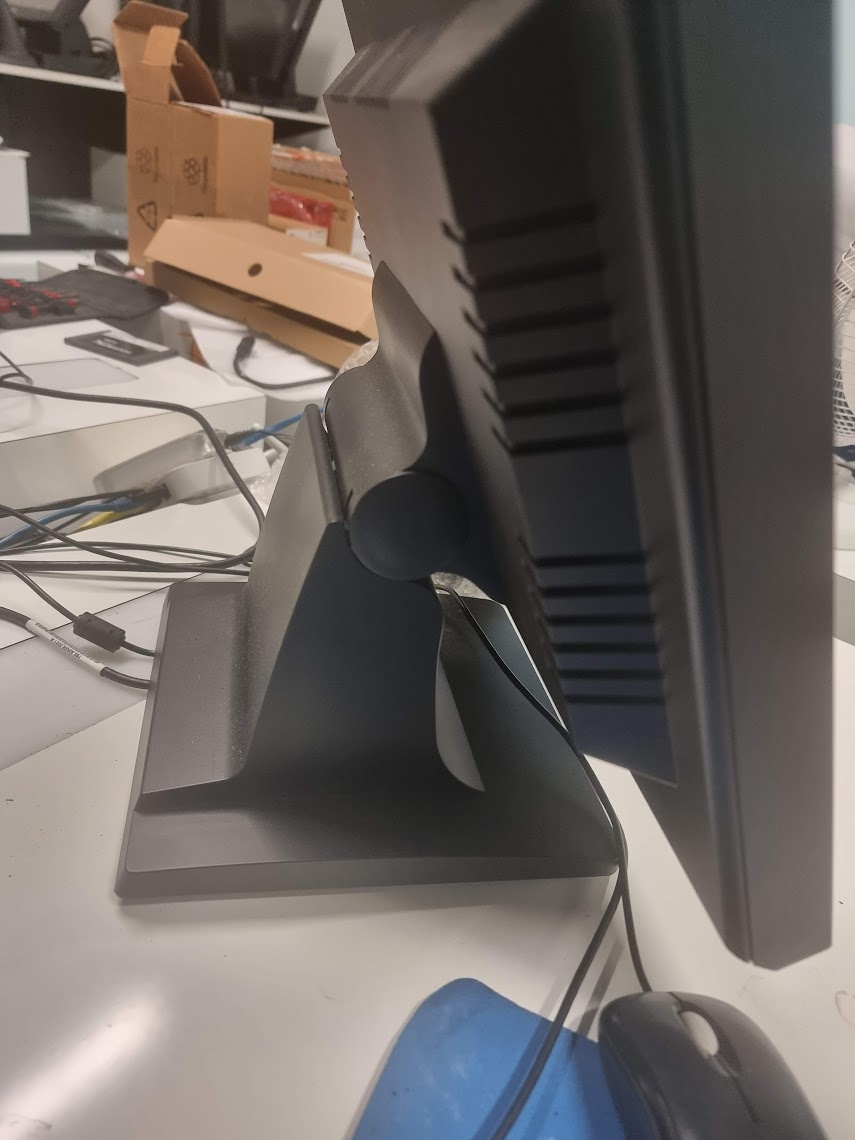Are you in the market for a new point-of-sale (POS) computer screen?
If so, look at the latest models of POS monitors here. See, they are lower.


Why do you ask?
Being lower, they have a lower centre of gravity so, making your POS computer screen more stable and less prone to falling over.
Consider this
Imagine someone accidentally bumps into the counter. Without a stable POS computer screen, it's easy for the screen to tip over and so suffer damage. Not only is this frustrating for you, but it can also disrupt business operations and lead to costly repairs.
A POS computer screen with a lower centre of gravity is less likely to tip over in the event of accidental bumps. This is because the lower centre of gravity increases the support base, making it harder for the screen to tip over.
This is why many current POS monitors are built low and squat.
Another advantage is that as these are also less likely to wobble or move around, they help reduce eye strain and improve overall comfort, as an unstable monitor can cause your eyes to constantly readjust to the changing position, leading to fatigue and discomfort. Conversely, a sturdy monitor will stay in place, allowing you to maintain a consistent focus and reduce the strain on your eyes.
This can also help improve your posture. It can lead to neck and back pain if you constantly reach or lean forward to see a wobbly monitor.
In summary, they can positively impact your ergonomics, helping you feel more comfortable and reducing strain on your eyes and body while using the device.
Work tip
Ensuring your POS computer screen is securely fastened to the surface to prevent accidental tipping.


